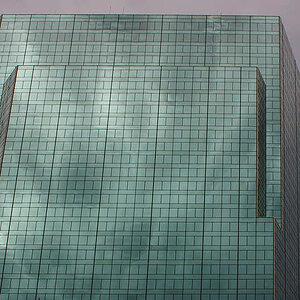BlairWright
No longer a newbie, moving up!
- Joined
- Oct 22, 2011
- Messages
- 334
- Reaction score
- 31
- Location
- Maryland USA
- Website
- www.dcweddingphotos.com
- Can others edit my Photos
- Photos NOT OK to edit
Trey of at Stuck in Customs is really the HDR expert. He has a pretty good tutorial over on his site.


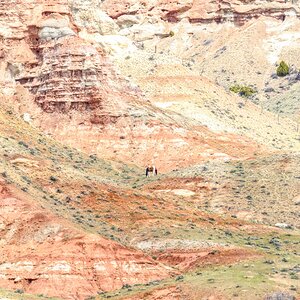
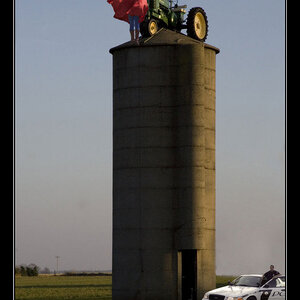
![[No title]](/data/xfmg/thumbnail/42/42268-15c1c02cec1d71208987fc7c7ec7784c.jpg?1619740077)
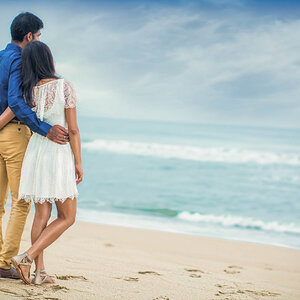
![[No title]](/data/xfmg/thumbnail/37/37606-3c9ffb5906173fa2aa489341967e1468.jpg?1619738148)
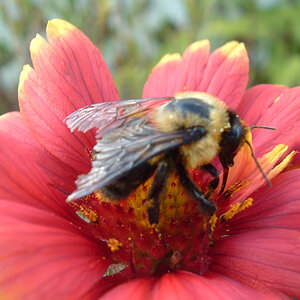
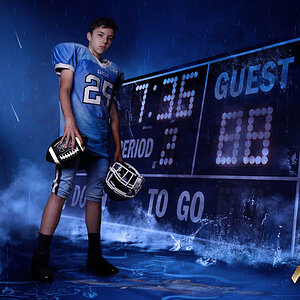
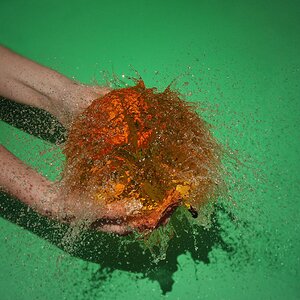
![[No title]](/data/xfmg/thumbnail/37/37603-739c5d9b541a083a12f2f30e45ca2b7b.jpg?1619738147)
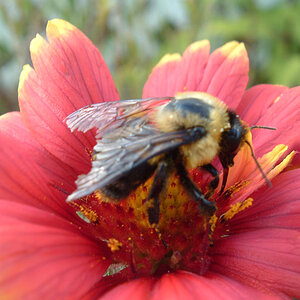
![[No title]](/data/xfmg/thumbnail/39/39438-1eb8b5f82b59d9d0c72ae9025778ed4c.jpg?1619739032)
